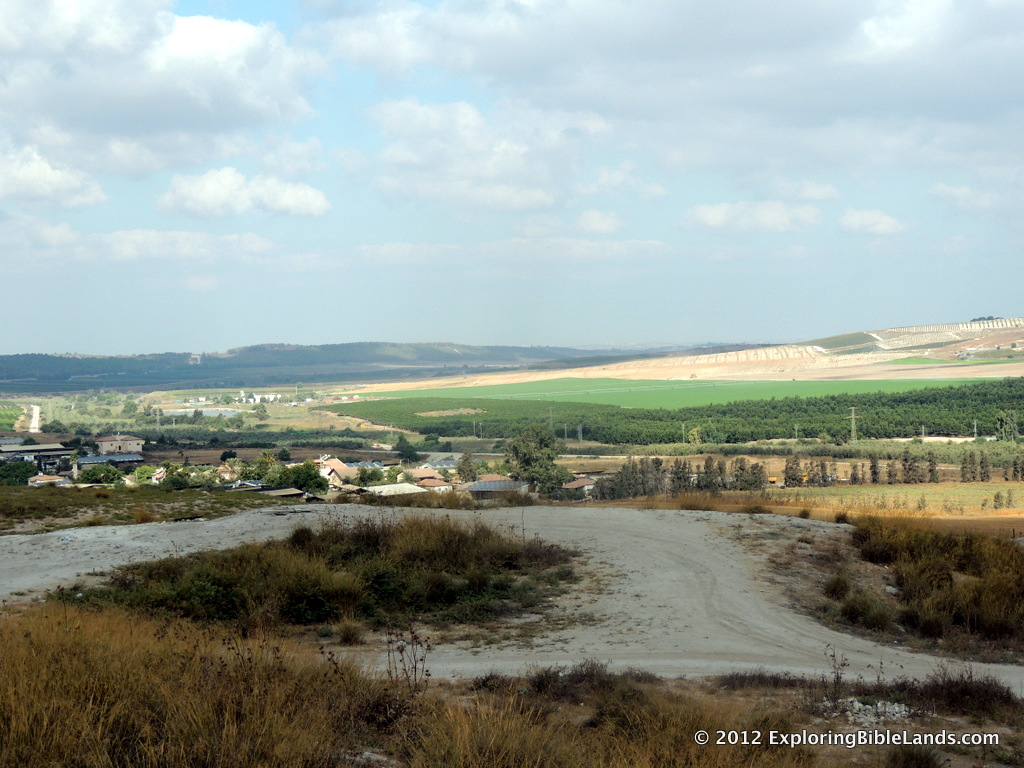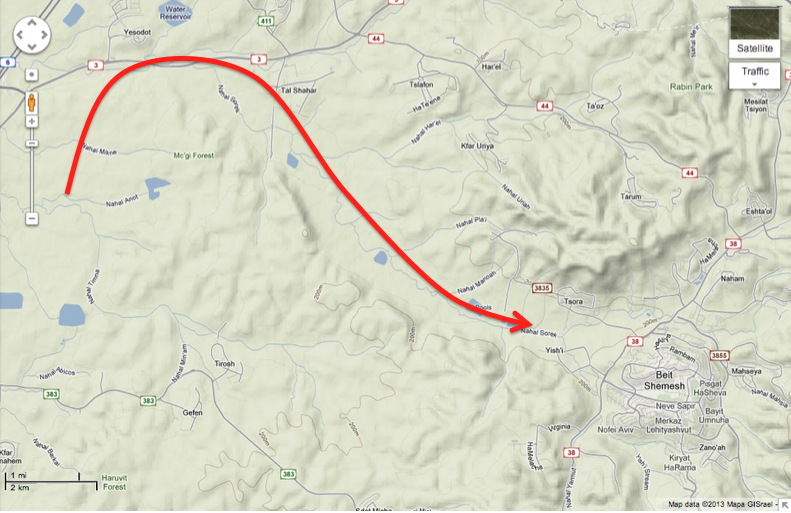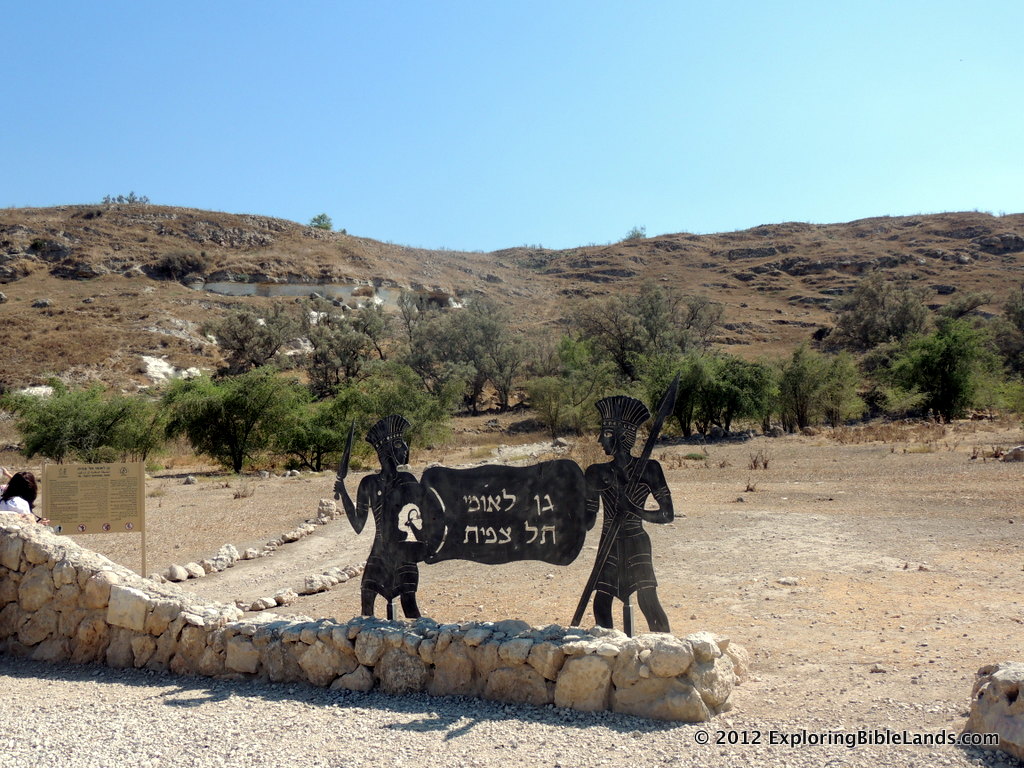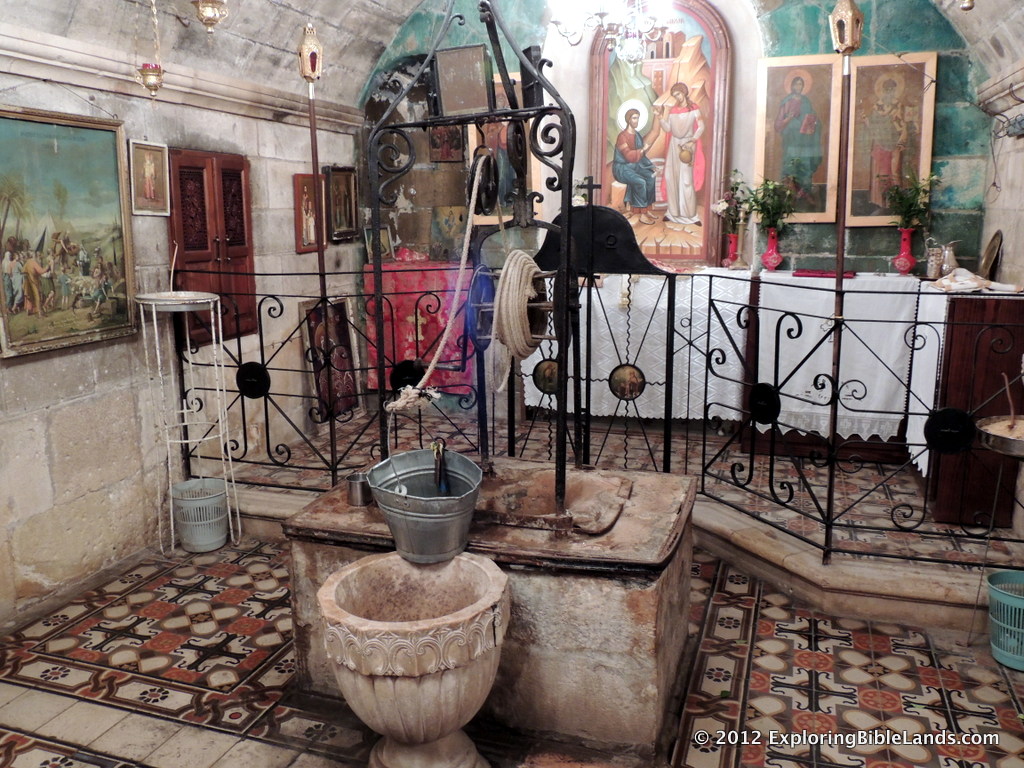 NOTE: This post is the fifth in a series of posts about locations where the Ark of the Covenant visited. I have previously written about the Plains of Moab, the Jordan River, Jericho and Mount Ebal and Mount Gerizim.
With the Israelites on the western side of the Jordan River, Joshua led them as them began to conquer the land. Joshua 9-21 details the battles that Joshua led, the cities that he conquered and the division of the land among the tribes. At the end of Joshua 19 we read,
NOTE: This post is the fifth in a series of posts about locations where the Ark of the Covenant visited. I have previously written about the Plains of Moab, the Jordan River, Jericho and Mount Ebal and Mount Gerizim.
With the Israelites on the western side of the Jordan River, Joshua led them as them began to conquer the land. Joshua 9-21 details the battles that Joshua led, the cities that he conquered and the division of the land among the tribes. At the end of Joshua 19 we read,
These were the inheritances which Eleazar the priest, Joshua the son of Nun, and the heads of the fathers of the tribes of the children of Israel divided as an inheritance by lot in Shiloh before the Lord, at the door of the tabernacle of meeting. So they made an end of dividing the country. - Joshua 19:51
The Israelites had set up the tabernacle at Shiloh, and in it, the Ark of the Covenant was kept. Joshua used this location as the place where he divided the land for the Israelites.
Shiloh is located in the hill country about 30 miles north of Jerusalem. Today, Shiloh is identified with Tell Seilun and a lot of excavation work has been done there.
Shiloh is where Samuel grew up. When Samuel was born, Hannah, his mother, promised to give the child back to God. When Samuel was old enough, she took him to live with Eli, who lived in Shiloh.
Now there was a certain man of Ramathaim Zophim, of the mountains of Ephraim, and his name was Elkanah the son of Jeroham, the son of Elihu, the son of Tohu, the son of Zuph, an Ephraimite. And he had two wives: the name of one was Hannah, and the name of the other Peninnah. Peninnah had children, but Hannah had no children. This man went up from his city yearly to worship and sacrifice to the Lord of hosts in Shiloh. Also the two sons of Eli, Hophni and Phinehas, the priests of the Lord, were there....Now when she had weaned him, she took him up with her, with three bulls, one ephah of flour, and a skin of wine, and brought him to the house of the Lord in Shiloh. And the child was young. Then they slaughtered a bull, and brought the child to Eli. - 1 Samuel 1:1-3, 24-25
The Ark remained at Shiloh for a few hundred years through most of the time period that we know as the "period of the judges". In 1 Samuel 4, the Ark was taken from Shiloh to a battle against the Philistines. This decision turned out to be a bad one. The Ark was captured by the Philistines. When the news of this reached Eli, who was an old man by this time, he fell off his chair in the gate of the city of Shiloh and died.
Then a man of Benjamin ran from the battle line the same day, and came to Shiloh with his clothes torn and dirt on his head. Now when he came, there was Eli, sitting on a seat by the wayside watching, for his heart trembled for the ark of God. And when the man came into the city and told it, all the city cried out. When Eli heard the noise of the outcry, he said, “What does the sound of this tumult mean?” And the man came quickly and told Eli. Eli was ninety-eight years old, and his eyes were so dim that he could not see. Then the man said to Eli, “I am he who came from the battle. And I fled today from the battle line.” And he said, “What happened, my son?” So the messenger answered and said, “Israel has fled before the Philistines, and there has been a great slaughter among the people. Also your two sons, Hophni and Phinehas, are dead; and the ark of God has been captured.” Then it happened, when he made mention of the ark of God, that Eli fell off the seat backward by the side of the gate; and his neck was broken and he died, for the man was old and heavy. And he had judged Israel forty years. - 1 Samuel 4:12-18
The Ark never returned to Shiloh again.
 After conquering the land, the Israelites claimed the site of Shiloh as the religious center of the nation, and there they placed the tabernacle. However, after Hophni and Phinehas lost the Ark of the Covenant in battle, the archaeological record indicates Shiloh was destroyed soon thereafter, possibly by Philistines following up their “victory” over Israel’s God by also destroying Shiloh.
After conquering the land, the Israelites claimed the site of Shiloh as the religious center of the nation, and there they placed the tabernacle. However, after Hophni and Phinehas lost the Ark of the Covenant in battle, the archaeological record indicates Shiloh was destroyed soon thereafter, possibly by Philistines following up their “victory” over Israel’s God by also destroying Shiloh.












